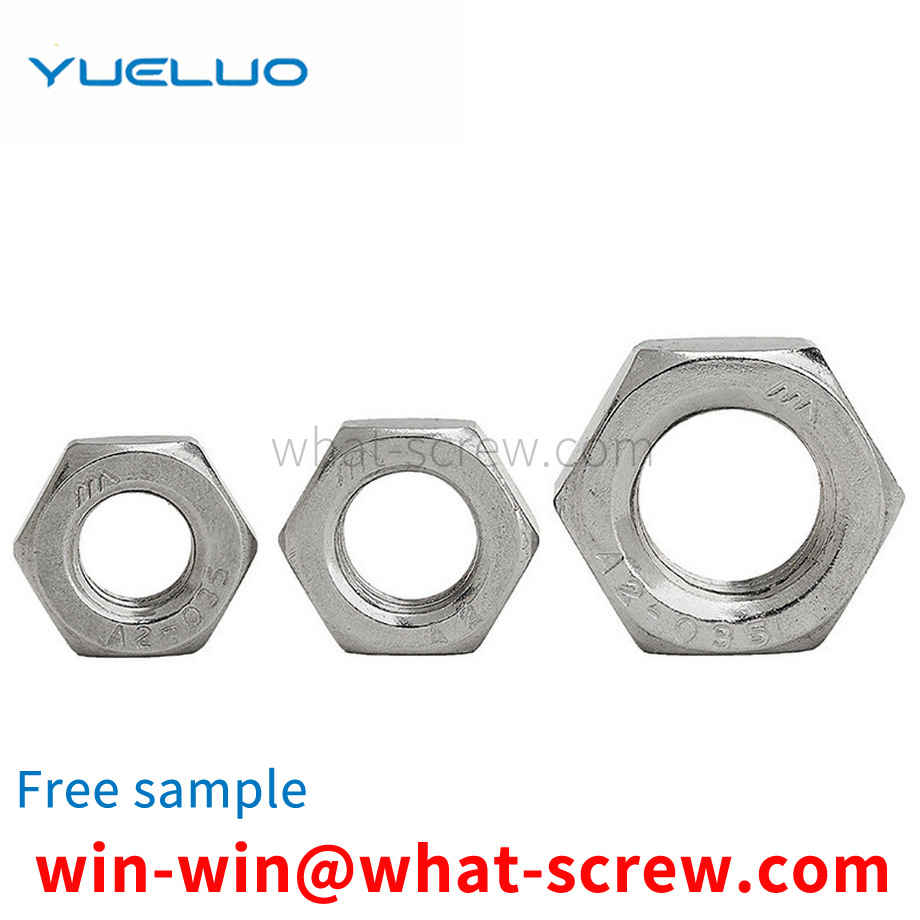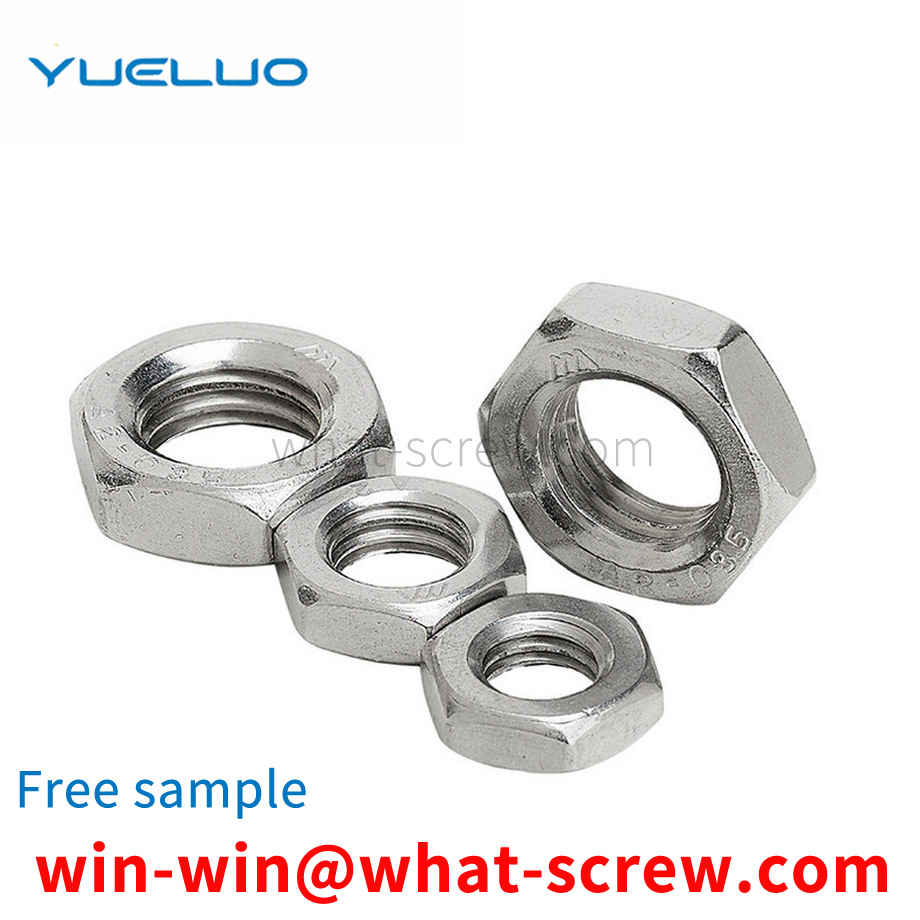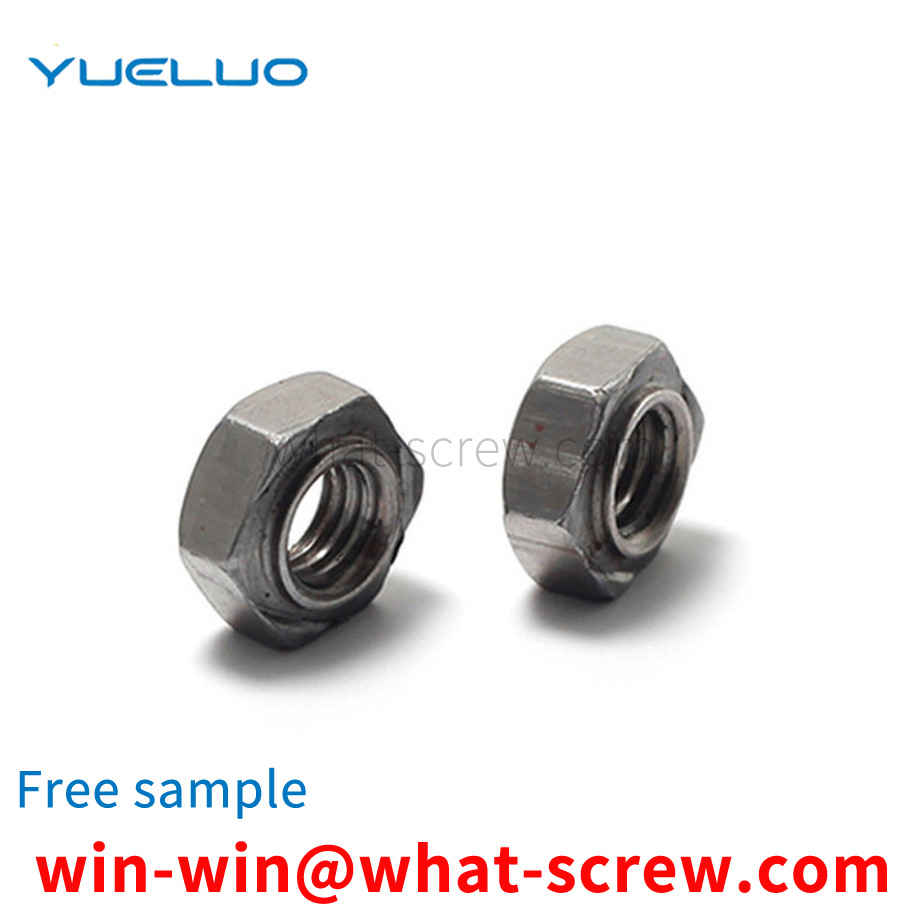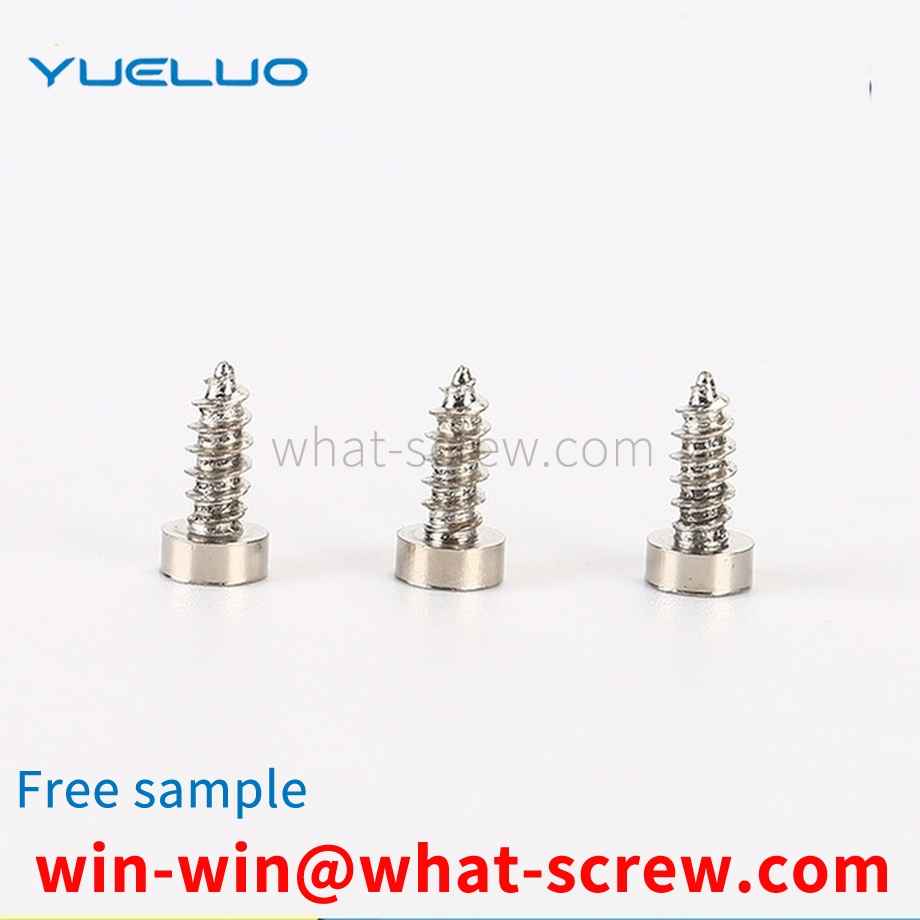What is the tolerance range of precision screws?
What is the tolerance range of precision screws?
Service Hotline
+86760-8787 8587We have more than ten years of experience in the production of screw industry, the main products are: small tooth hexagon head bolts, hand percussion rivets GB867 aluminum dome head rivets, DIN580 bolts, JISB1166 bolts, carbon steel grade 12.9 screws, non-standard flange nuts, Hexagon screw cap, D5 aluminum natural color round aluminum column long nut, outer hexagon wheel hub screw, half tooth fine button screw, copper plated rivet, nylon plastic screw, GB819 flat head cross recessed bolt, GB97 Washer meson, iron missing angle flat washer Other fasteners, due to the different materials and specifications of the products, the prices are also different, please contact us if necessary.


As one of the screws, self-tapping screws can directly drill holes on the plate to be fixed by themselves and lock them together with the plate to be fixed. They are easy to use and have a good fixing effect, so they are widely used. However, in the prior art, when the screw is perforated on the plate to be fixed, it is prone to skew, which affects the fixing effect and also reduces the aesthetics. To sum up, how to overcome the above-mentioned defects of the screw fixing method in the prior art is a technical problem to be solved urgently by those skilled in the art.

Round head three-combination screws are also called pan-head three-combination screws, which are divided into large pan-head three-combination screws and small pan-head three-combination screws. The materials are divided into stainless steel and iron. The stainless steel round head three-combination screws include stainless steel small pan head three-combination screws and stainless steel large pan-head three-combination screws. The national standards are respectively expressed as GB9074.8 and GB9074.4.


④ Screw tooth type A: Self-tapping sharp tail (Japanese standard type 1) sparse AB: Self-tapping sharp tail (Japanese standard type 4) dense; B: Self-tapping flat tail (Japanese standard type 2) sparse; C: Self-tapping Tapping flat tail (the third type of Japanese standard) dense; P: double wire teeth Type triangle teeth CCT: C type triangle teeth PTT: P type triangle teeth STT: S type triangle teeth

Rivets are usually used for riveting the connection between objects, and usually require the use of specific special tools to operate. There are many types of rivets, such as round head rivets, flat cone head rivets, countersunk head rivets, half countersunk head rivets, flat head rivets, hollow rivets, tubular rivets, sign rivets, etc. in order to meet different operational needs.

The above content is uploaded by Yueluo or the Internet. If there is any copyright issue, please contact [email protected].

What is the tolerance range of precision screws?

How to choose the right stainless steel screw manufacturer?

Why is there an R angle under the head of the hexagon head s...

We have more than ten years of experience in screw industry ...

We have more than ten years of experience in screw industry ...

We have more than ten years of experience in screw industry ...

We have more than ten years of production experience in the ...